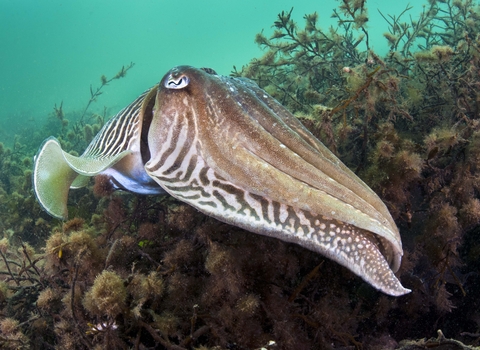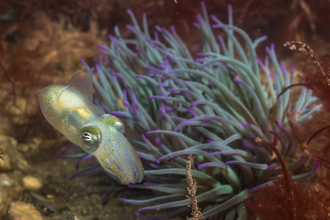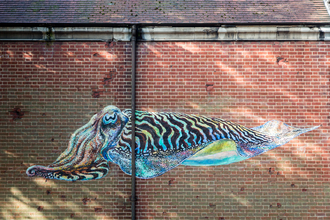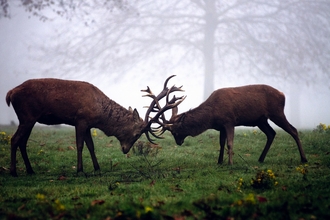
Common Cuttlefish ©Alex Mustard/2020VISION
Common cuttlefish
Cuttlefish are related to squids and octopuses – a group of molluscs known as cephalopods. You may have seen the chalky internal shell, called a cuttlebone washed up on beaches around the UK. These are often used in budgie cages, as a calcium-rich dietary supplement for the bird.
Scientific name
Sepia officinalisWhen to see
January to DecemberSpecies information
Category
Statistics
Length: up to 45cm Average Lifespan: 2 yearsConservation status
Common





